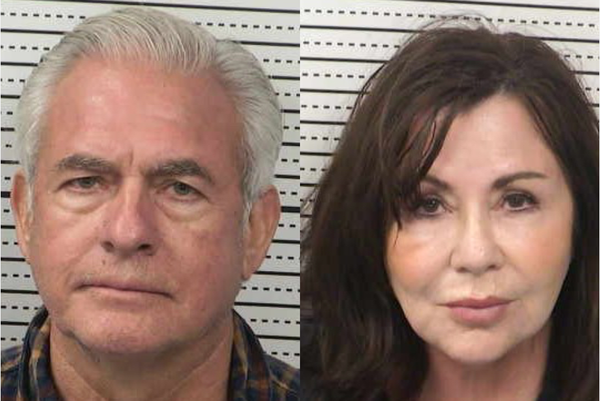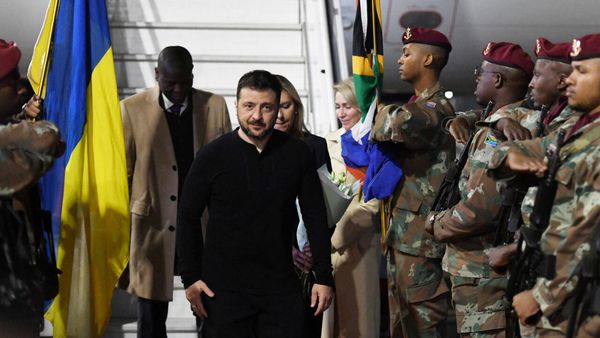Pope Francis's funeral, scheduled for Saturday morning in St Peter's Square, Rome, is expected to mirror the late pontiff's humble and reformist papacy.
Breaking with tradition, the ceremony will prioritize simplicity over elaborate displays of grandeur.
More than 50,000 mourners have already visited St Peter's Basilica to pay their respects, where Francis lies in state in a plain coffin placed close to the basilica floor. This starkly contrasts with the elevated biers used for his predecessors, Popes John Paul II and Benedict XVI.
This shift reflects changes Francis himself introduced in November 2024, revising the "Ordo Exsequiarum Romani Pontificis" – the "Funeral Rites of the Roman Pontiff" – to streamline and simplify the proceedings.
Archbishop Diego Ravelli, master of pontifical liturgical ceremonies, explained to Vatican News at the time that the revisions aimed to underscore the Pope's role as "a pastor and disciple of Christ," rather than a worldly power figure.
– Certification of death

When a pope dies, the official verification of his death by the camerlengo – the prelate who runs the Vatican between a pope’s death and the election of his successor – would traditionally take place at the location where he died.
Francis’s revision of the funeral rites scrapped this requirement, asking that the certification of death be carried out inside the late pontiff’s private chapel instead.
In Francis’s case, this rite was carried out in the chapel of the Vatican’s Casa Santa Marta where he lived – having declined to move into the papal apartments at the Apostolic Palace following his election in 2013.
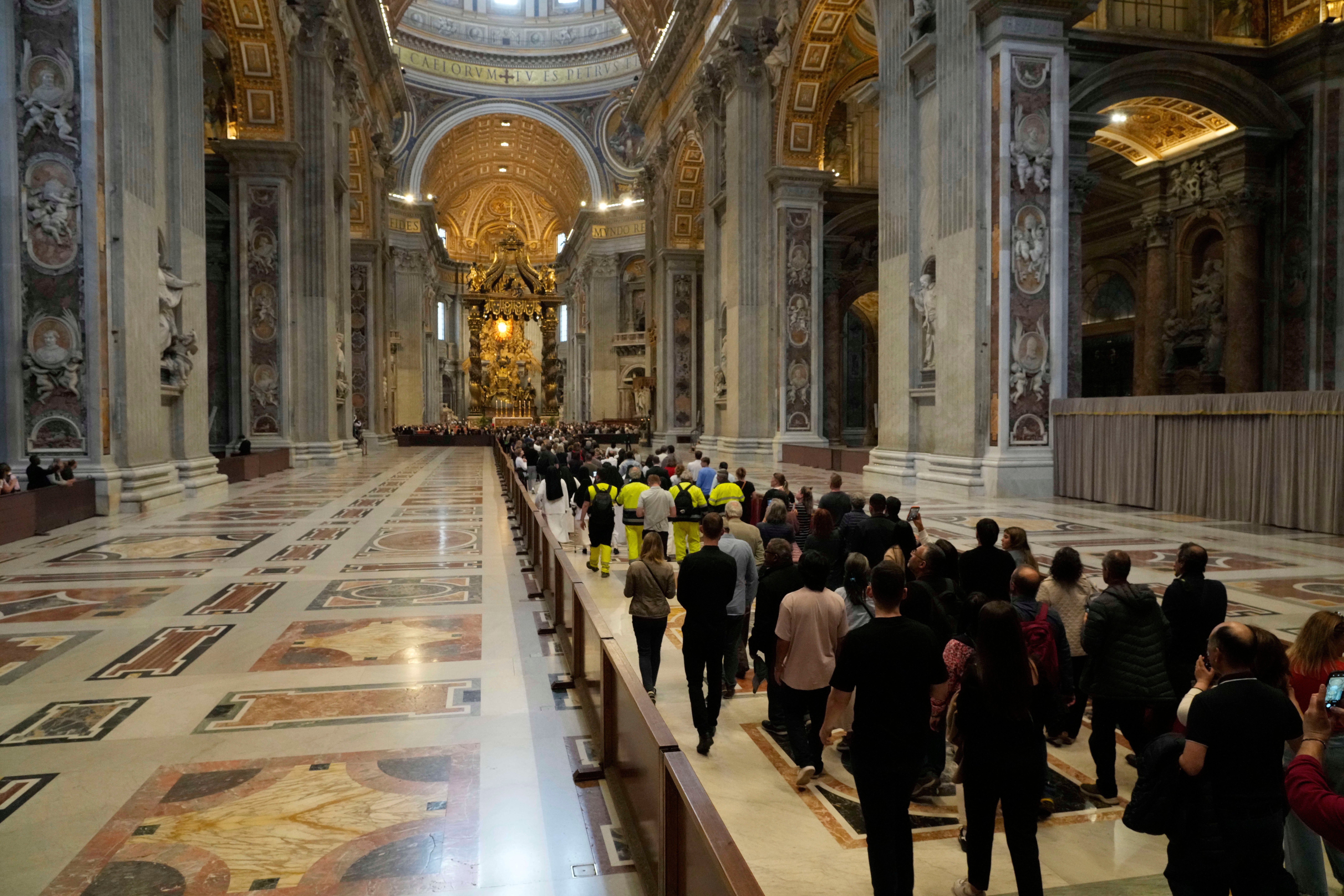
The new rites then ask that the late pontiff be placed directly into a simple, open wooden coffin lined with zinc, where previous traditions saw a pope entombed in three different coffins – one of cypress wood, one of lead and one of oak.
Previously, the pope’s body would also be placed inside the three coffins only after its lying-in-state at St Peter’s Basilica.
– Funeral
The funeral rites are traditionally divided into three stations: the home of the deceased pope, the Vatican basilica, and the burial place.
With Pope Francis having requested the first station be a chapel instead – though it did form part of his “home” at the Casa Santa Marta residence – his body was then transferred directly to St Peter’s Basilica on Wednesday morning.
The coffin did not pass through the Apostolic Palace for another exposition, as was done previously for John Paul II, and was not displayed on an elevated bier – the so-called “Canaletto” or “death bed” – as happened with both John Paul II and Benedict XVI.
Francis will lie in public view for three days until Friday evening, when his coffin will be sealed in the presence of several cardinals and officials from the Holy See – the central governing body of the Catholic Church and the Vatican.
The funeral mass will be presided over by Cardinal Giovanni Battista Re, the dean of the college of cardinals, and concelebrated by patriarchs and cardinals wearing their white damask mitre.
Archbishops and bishops of the Catholic Church have also been invited to join wearing liturgical vestments, which they will put on in St Peter’s Square, according to the Holy See.
The Prince of Wales will attend on behalf of the King, while Prime Minister Sir Keir Starmer and Scotland’s First Minister, John Swinney, will attend as part of the UK delegation.
US President Donald Trump has said he will be there with his wife Melania, while President of Ireland Michael D Higgins and his wife Sabina, Irish premier Micheal Martin and deputy Irish premier Simon Harris will also attend.
While a requiem mass is usually a standard length of around an hour, the number of people expected to attend, including those wishing to receive Holy Communion, means the service is likely to run closer to 90 minutes, according to Joe Ronan from the Catholic Voices media charity.
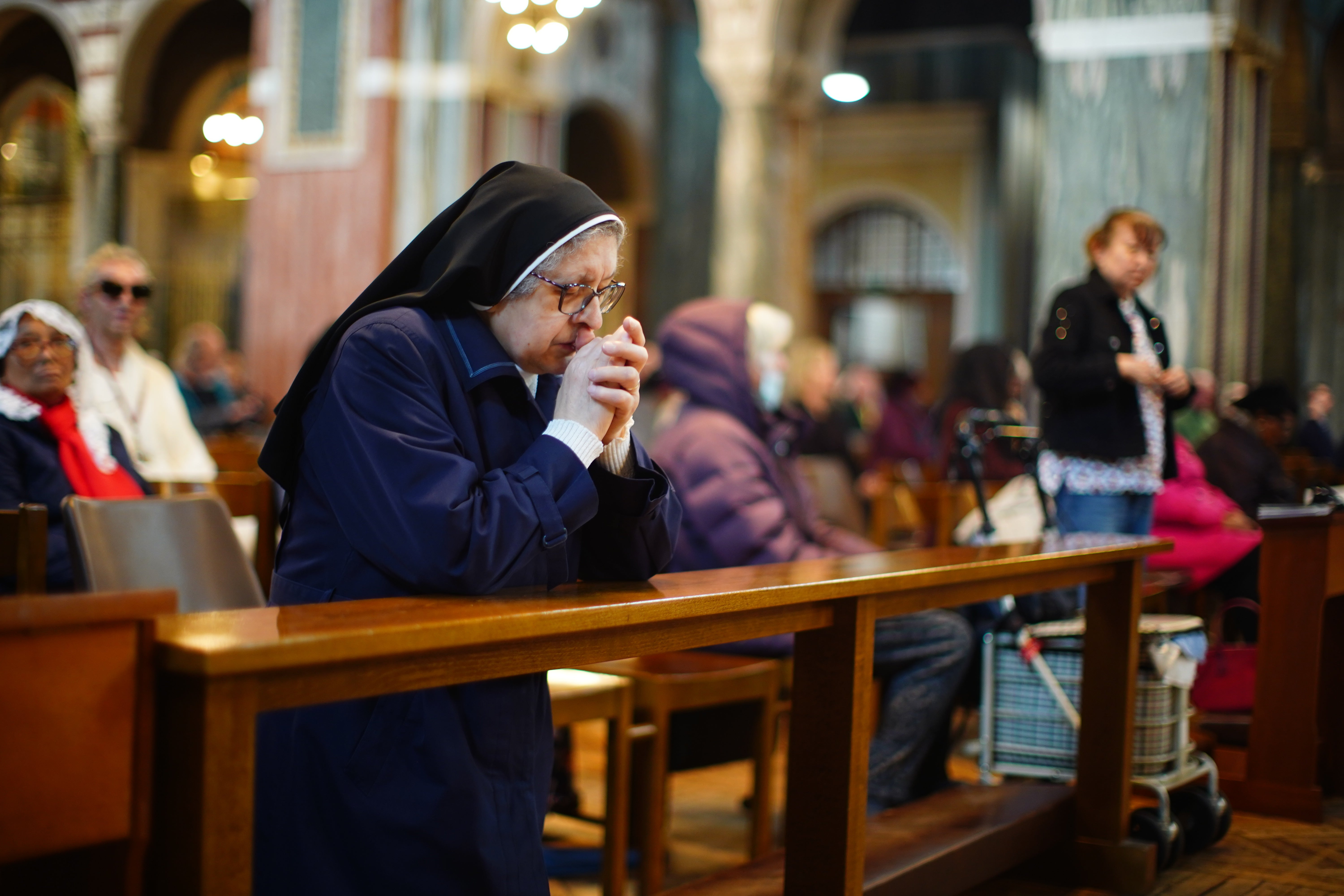
– Burial
According to the traditional rites, and unless a pope has chosen otherwise, his remains are to be moved after the funeral mass to the grotto of St Peter’s Basilica for burial.
But the 2024 revision also decreed a pope can be buried outside of the Vatican if he so wishes.
Pope Francis left instructions in which he asked to be buried in a simple underground tomb in Rome’s papal basilica of Saint Mary Major.
This makes Francis the first pontiff in more than a century not to be buried at St Peter’s Basilica as the last pope who asked to be buried outside of the Vatican was Pope Leo XIII, who died in 1903.
In his will, Francis wrote: “I have always entrusted my life and priestly and episcopal ministry to the Mother of Our Lord, Mary Most Holy.
“Therefore, I ask that my mortal remains rest, awaiting the day of resurrection, in the Papal Basilica of Saint Mary Major.
“I wish that my final earthly journey conclude precisely in this ancient Marian shrine, where I go to pray at the beginning and end of every Apostolic Journey…
“I ask that my tomb be prepared in the burial niche in the side nave between the Pauline Chapel and the Sforza Chapel of the aforementioned Papal Basilica, as indicated in the enclosed plan.
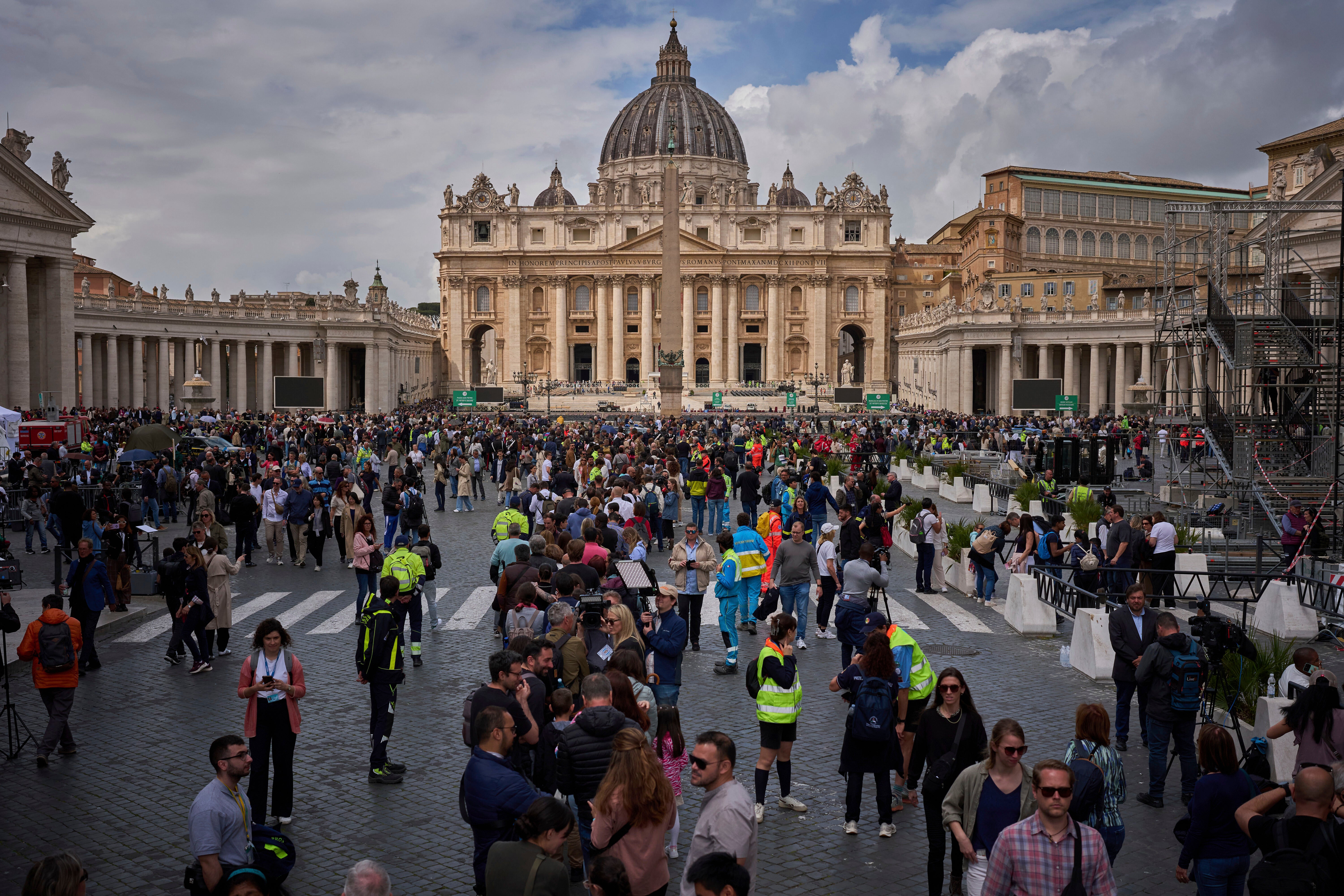
“The tomb should be in the ground; simple, without particular ornamentation, and bearing only the inscription: Franciscus.”
A “group of poor and needy people” will be present on the steps leading to Saint Mary Major to pay their last respects to Francis before he is entombed, the Holy See said on Thursday.
The funeral on Saturday will mark the first day of nine memorial masses called “the novendiali” for the nine days during which they will take place.
The final day of the novendiali will be on Sunday May 4.
The secret meeting of cardinals, known as the conclave, is expected to begin between 15 and 20 days after the pope’s death.
Pope Francis' ordinary shoes bring pride to his Argentine neighborhood — and his cobbler
Who could be the new Pope? The cardinals who might succeed Francis
Archbishop Martin pays tribute to Pope Francis at special mass
If Trump’s hatred of Zelensky feels personal, that’s because it is
Ukraine war live: Trump insists he is ‘putting pressure’ on Putin
Outrage as mourners take selfies with Pope Francis’ open casket
